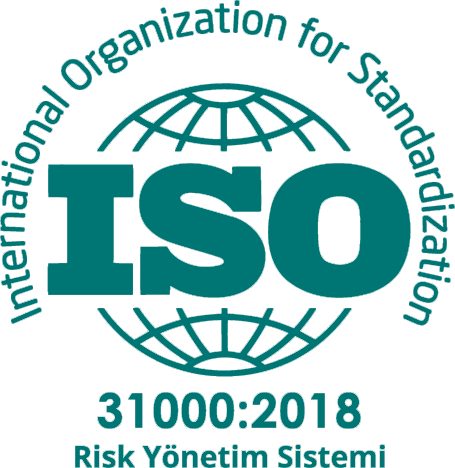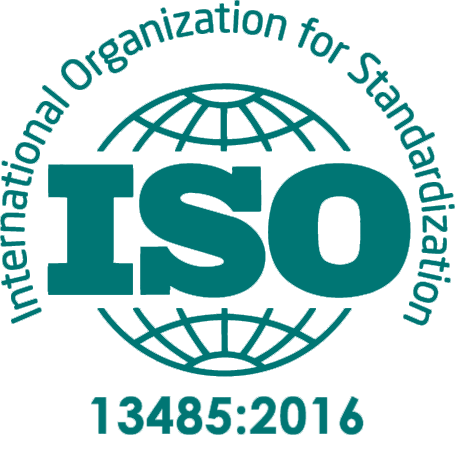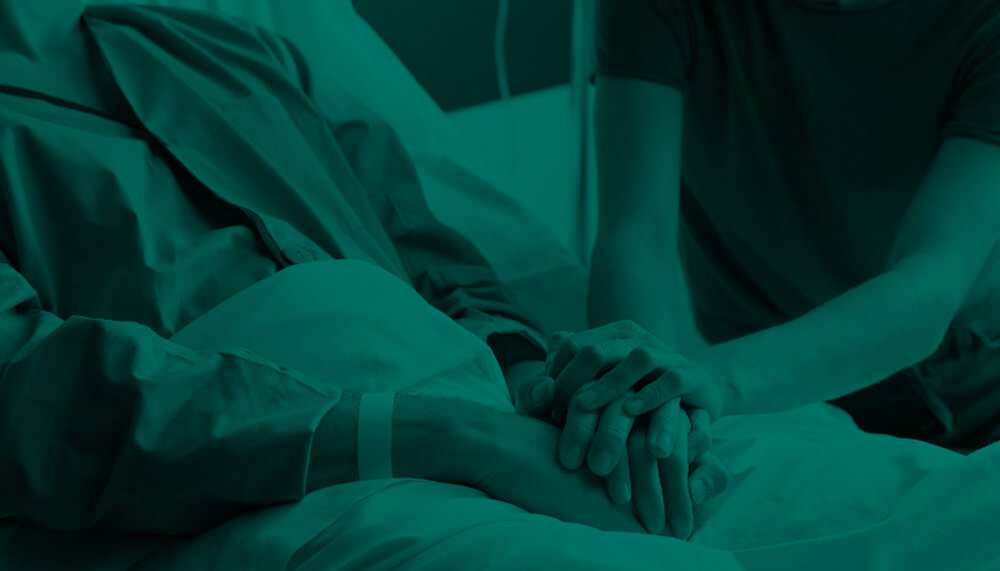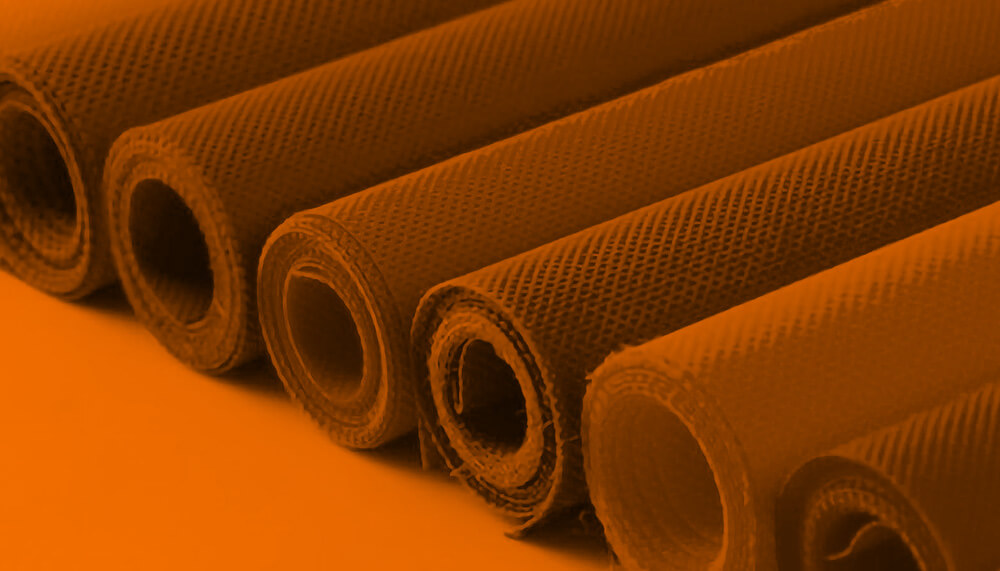How Should Patient Gowns Be Designed?
Patient gowns should be designed with specific features to ensure patient comfort, maintain a hygienic environment, and enhance the safety of healthcare workers. Here are the key features that patient gowns should have:
1. Comfort: Patient gowns should be designed to ensure patient comfort. They should be made from lightweight and breathable materials that do not cause irritation to the skin.
2. Ease of Donning: Patient gowns should be designed for easy donning and removal. Particularly for patients with limited mobility, they should be easy to put on and take off.
3. Adjustability: Patient gowns should be adjustable to accommodate different body sizes and shapes. Adjustable straps or ties can help the gown fit the patient's body better.
4. Durability: Patient gowns should be made from durable materials that can withstand frequent washing and disinfection. Additionally, gowns should be able to withstand long-term use.
5. Hygiene: Patient gowns should be made from hygienic materials to reduce the risk of infection. They should be regularly cleaned and disinfected to maintain cleanliness.
6. Functionality: Patient gowns should be practical and functional to meet the needs of patients. For example, pockets or additional accessories can be useful for carrying personal items or meeting other needs.
7. Affordability: Patient gowns should be affordable for hospitals or healthcare facilities. Affordable gowns can fit within the budget constraints of healthcare providers.
Ensuring that patient gowns have these features can improve patient satisfaction and safety, as well as the efficiency of healthcare delivery. Therefore, these factors should be considered when selecting patient gowns.


